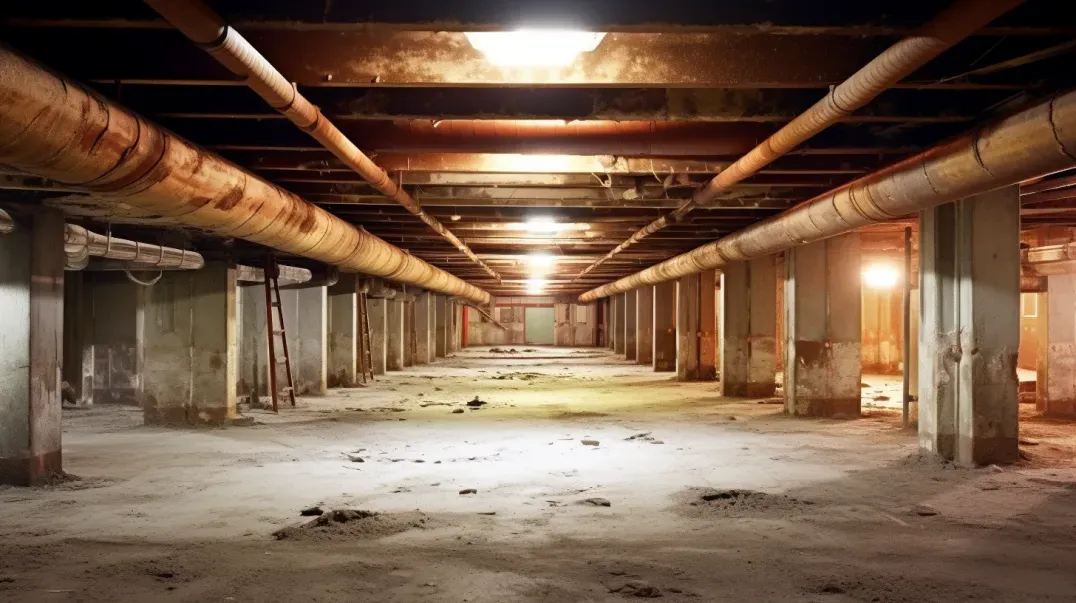Crawl spaces are a critical but often overlooked part of a home's structure. Proper ventilation in these areas plays a vital role in maintaining the health and safety of your home environment. Without adequate ventilation, crawl spaces can become breeding grounds for moisture-related problems such as mold growth, structural damage, and poor indoor air quality.
Proper ventilation helps regulate humidity levels, preventing moisture accumulation that can lead to serious issues affecting the entire building. A well-ventilated crawl space can enhance the durability of the foundation, contribute to energy efficiency, and improve overall comfort for residents.
This blog aims to provide homeowners with valuable insights into why crawl space ventilation is essential, how it can protect their investment, and the best practices to ensure optimal airflow in these areas. By understanding the importance of crawl space ventilation, homeowners can take proactive steps to safeguard their homes from potential damage and health risks.
Basics of Crawl Space Ventilation
Purpose of Ventilation
Proper ventilation in crawl spaces is essential for maintaining a healthy and structurally sound home. The primary purposes of crawl space ventilation are to control moisture and improve air quality.
Moisture Control:
One of the critical roles of ventilation is to prevent moisture buildup, which can lead to the growth of mold and mildew. Moisture control is crucial because excess moisture in crawl spaces can cause wood rot and compromise the structural integrity of your home. By ensuring proper ventilation, homeowners can significantly reduce the risk of these issues, thereby prolonging the lifespan of their property's foundation and other materials.
Air Quality Improvement:
Ventilation also plays a vital role in enhancing indoor air quality by reducing the concentration of contaminants and allergens. Crawl spaces can harbor dust, mold spores, and other pollutants that, if left unchecked, can infiltrate the living areas of a home, affecting the health of its occupants. Effective ventilation systems can help expel these contaminants, ensuring cleaner, fresher air within the home.
Ventilation Types
There are two primary types of crawl space ventilation: passive and active ventilation. Each type has its own methods and benefits, depending on the specific needs and conditions of the crawl space.
Passive Ventilation:
This method utilizes vents strategically placed around the perimeter of the crawl space to allow natural airflow. Passive ventilation relies on natural forces, such as wind and thermal buoyancy, to circulate air. It is a cost-effective and straightforward approach, suitable for areas with favorable climatic conditions where natural airflow can effectively reduce moisture and improve air quality.
Active Ventilation:
In contrast, active ventilation involves the use of fans or mechanical systems to enhance airflow. This method is particularly useful in regions with high humidity or where natural airflow is insufficient to maintain adequate ventilation. Active systems can be customized to include dehumidifiers or exhaust fans that are designed to operate continuously or on a humidity-controlled basis, providing consistent and reliable moisture control and air quality improvement.
By understanding the basics of crawl space ventilation and the available types, homeowners can make informed decisions to protect their homes from moisture-related damage and ensure a healthier living environment.
Building Code Requirements
Understanding and adhering to building code requirements is crucial for ensuring the safety, efficiency, and legality of your home's crawl space ventilation system. These codes are designed to prevent issues related to moisture and air quality that can arise from improper ventilation.
Local Regulations
Compliance:
It is essential to follow local building codes when planning and implementing crawl space ventilation. Each locality may have specific regulations regarding the installation and maintenance of ventilation systems, reflecting the unique climatic and environmental conditions of the area. Ensuring compliance not only helps in preventing moisture-related problems but also avoids potential legal issues and fines.
Vent Size and Placement:
Local codes often specify the size and placement of vents within crawl spaces. These specifications ensure that the ventilation system effectively circulates air and prevents moisture buildup. Typically, codes will dictate the minimum number and size of vents based on the total square footage of the crawl space, as well as their strategic placement to maximize airflow. By adhering to these guidelines, homeowners can ensure that their crawl space is adequately ventilated to maintain structural integrity and indoor air quality.
National Standards
International Residential Code (IRC):
The IRC provides comprehensive guidelines for residential construction, including the venting of crawl spaces. These standards are widely adopted across the United States and serve as a benchmark for building safety and efficiency. The IRC outlines specific requirements for crawl space ventilation, which are designed to protect homes from moisture and air quality issues. Understanding these standards can help homeowners ensure their ventilation system meets national safety and efficiency criteria.
Calculation Methods:
Determining the appropriate vent area is a critical step in meeting both local and national ventilation requirements. The IRC provides calculation methods to help homeowners and builders determine the necessary vent area based on the size of the crawl space. Typically, this involves calculating the total square footage of the crawl space and applying a ratio to determine the minimum vent area needed. This method ensures that the crawl space receives adequate airflow to prevent moisture buildup and maintain optimal air quality.
By understanding and following both local and national building code requirements, homeowners can ensure that their crawl space ventilation systems are effective, safe, and compliant. This not only protects the home and its occupants but also contributes to the long-term value and integrity of the property.
Designing an Effective Ventilation System
An effective crawl space ventilation system is essential for preventing moisture accumulation, improving air quality, and protecting the structural integrity of your home. Proper design is crucial to ensure that the system functions optimally in a variety of environmental conditions.
Vent Placement
Cross Ventilation: Achieving cross ventilation is a fundamental principle in designing an effective crawl space ventilation system. This involves positioning vents on opposite sides of the crawl space to allow air to flow naturally from one side to the other. By enabling fresh air to enter and stale air to exit, cross ventilation helps to maintain a consistent airflow throughout the crawl space, reducing the risk of moisture buildup and enhancing air quality.
Vent Height: The height at which vents are installed plays a critical role in their effectiveness. It is important to install vents above ground level to prevent water intrusion, which can occur during heavy rains or flooding. Elevated vents help ensure that only air enters the crawl space, keeping it dry and reducing the potential for moisture-related problems such as mold and mildew growth. Proper vent height also aids in maintaining an unobstructed airflow, essential for effective ventilation.
Vent Types and Features
Louvered Vents:
Louvered vents are a popular choice for passive ventilation systems. They feature slats that allow air to pass through while blocking debris, insects, and rainwater. Louvered vents are designed to maximize natural airflow without the need for mechanical assistance. They are cost-effective, easy to install, and provide a simple solution for maintaining adequate ventilation in crawl spaces, particularly in climates with moderate humidity levels.
Powered Vents:
For environments where passive ventilation is insufficient, powered vents can be an effective alternative. These systems incorporate fans to actively circulate air, providing a controlled airflow regardless of external conditions. Powered vents are ideal for crawl spaces in regions with high humidity or where natural ventilation is limited. They can be configured to operate continuously or in response to humidity levels, ensuring that the crawl space remains dry and well-ventilated at all times.
By carefully considering vent placement and selecting the appropriate vent types, homeowners can design a ventilation system that effectively manages moisture and air quality in their crawl spaces. An optimized ventilation system not only protects the home from structural damage but also contributes to a healthier living environment for its occupants.
Moisture and Humidity Control
Managing moisture and humidity in crawl spaces is crucial to preventing damage and ensuring a healthy indoor environment. Excess moisture can lead to structural problems, mold growth, and poor air quality, making effective control strategies essential.
Vapor Barriers
Ground Cover:
Installing vapor barriers on the crawl space floor is a fundamental step in controlling ground moisture. These barriers, typically made of durable polyethylene sheets, act as a protective layer that prevents moisture from the soil from rising into the crawl space. By covering the entire ground surface, vapor barriers help maintain a dry environment, reducing the risk of mold and mildew growth and protecting the structural integrity of the home.
Sealing:
For vapor barriers to be effective, it is essential to seal all seams and edges. Proper sealing ensures that no gaps or openings allow moisture to penetrate the barrier. This involves overlapping the sheets and using appropriate sealing tapes or adhesives at the seams and along the perimeter walls. Ensuring a tight seal enhances the barrier’s effectiveness in preventing ground moisture from entering the crawl space, providing long-term protection against humidity-related issues.
Dehumidifiers
Installation:
Dehumidifiers are an effective tool for maintaining ideal humidity levels in crawl spaces, especially in areas with high humidity or inadequate natural ventilation. By extracting excess moisture from the air, dehumidifiers help create a dry environment that is less conducive to mold growth and structural deterioration. When installing a dehumidifier, it is important to choose a unit with the appropriate capacity for the size of the crawl space to ensure efficient moisture control.
Maintenance:
Regular maintenance of dehumidifiers is essential for consistent performance. This includes checking and emptying the water collection tank frequently, as well as cleaning the filter to ensure optimal airflow. Periodic inspection of the unit ensures that it operates efficiently, preventing humidity levels from rising and compromising the effectiveness of the crawl space ventilation system.
By implementing vapor barriers and using dehumidifiers, homeowners can effectively control moisture and humidity in their crawl spaces. These measures not only protect the home from potential damage but also contribute to a healthier indoor environment by reducing the risk of mold and improving air quality.
Ventilation in Different Climates
Crawl space ventilation requirements can vary significantly based on climate. Proper ventilation design tailored to specific environmental conditions is essential for maintaining a healthy and efficient home.
Warm Climates
Increased Ventilation:
In warm climates, higher ventilation is crucial to combat the elevated humidity levels that can lead to moisture accumulation and mold growth. Adequate ventilation helps to circulate air and prevent the build-up of dampness, which is particularly important during the hot and humid months. Ensuring sufficient airflow can help maintain a stable and dry environment within the crawl space, reducing the risk of structural damage and health issues caused by poor air quality.
Seasonal Adjustments:
In regions with extreme humidity, it may be beneficial to adjust ventilation strategies seasonally. Consider closing vents during periods of high humidity to prevent moist air from entering the crawl space. This can be achieved using adjustable or temporary vent covers that allow homeowners to respond to changing environmental conditions. By managing airflow during these times, it is possible to maintain an optimal balance of ventilation and moisture control.
Cold Climates
Insulated Vents:
In cold climates, preventing heat loss is a primary concern. Insulated vent covers can be used to minimize the entry of cold air and retain warmth within the home. These covers are designed to provide an additional layer of protection against the cold, helping to maintain comfortable indoor temperatures and improve energy efficiency. Insulating vents is an effective way to reduce heating costs and prevent the adverse effects of cold air infiltration.
Seasonal Closure:
During the winter months, closing crawl space vents can prevent cold air from entering and causing pipes to freeze or increasing heating demands. Sealing vents with insulated covers or other materials can help protect against cold drafts and maintain a stable temperature within the crawl space. By taking these steps, homeowners can ensure their crawl space remains safe from the challenges posed by cold weather, such as moisture condensation and potential structural damage.
By understanding the specific ventilation needs of different climates and adjusting strategies accordingly, homeowners can enhance the effectiveness of their crawl space ventilation systems. This not only protects the home from climate-related issues but also contributes to a more comfortable and energy-efficient living environment.
FAQs
Contact Trench Guys Today!
Trench Guys will do everything we can to ensure your experience with us is excellent.
Request A FREE Estimate
Request a Free Estimate Form
Checkout Recent Post
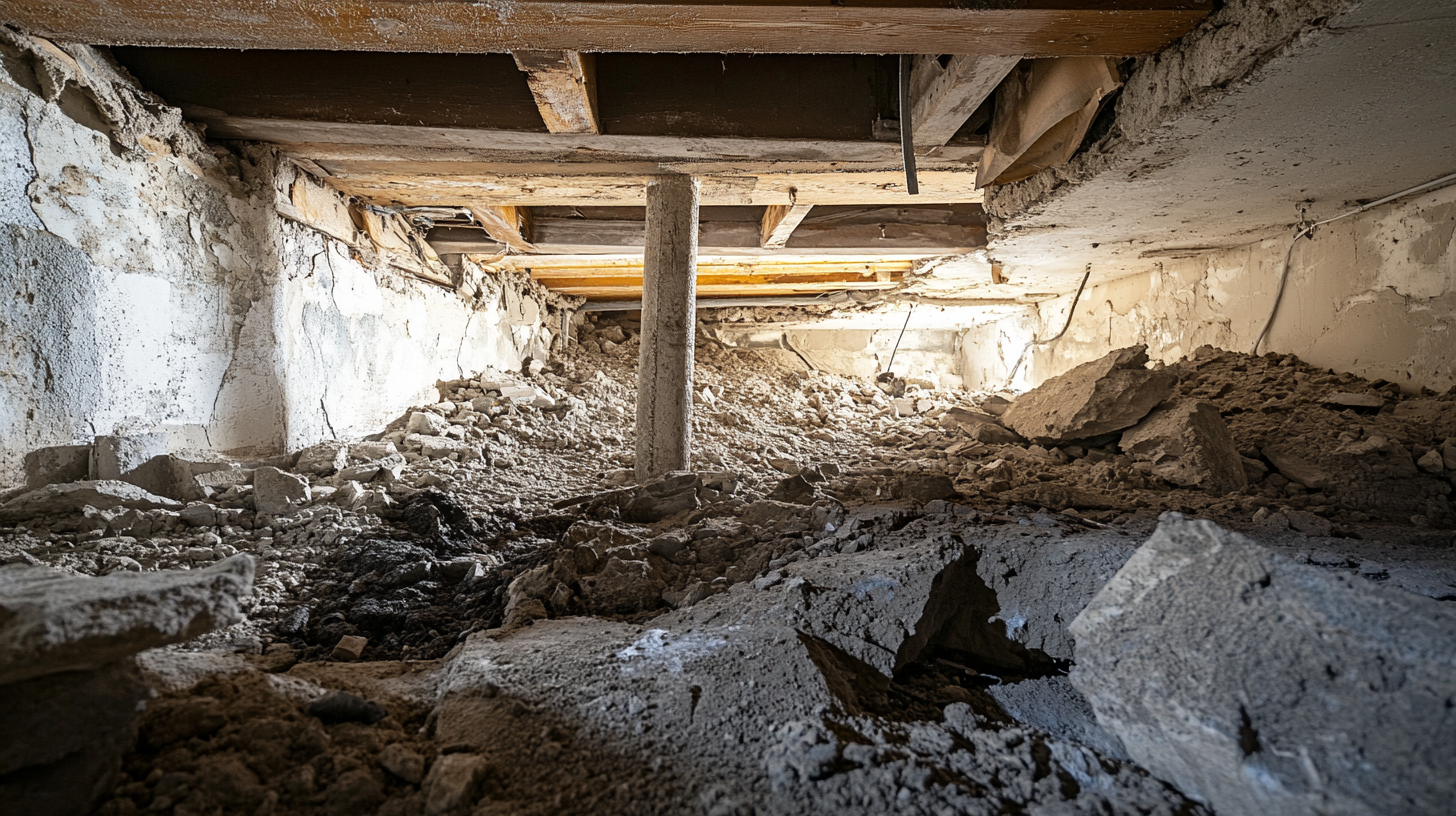
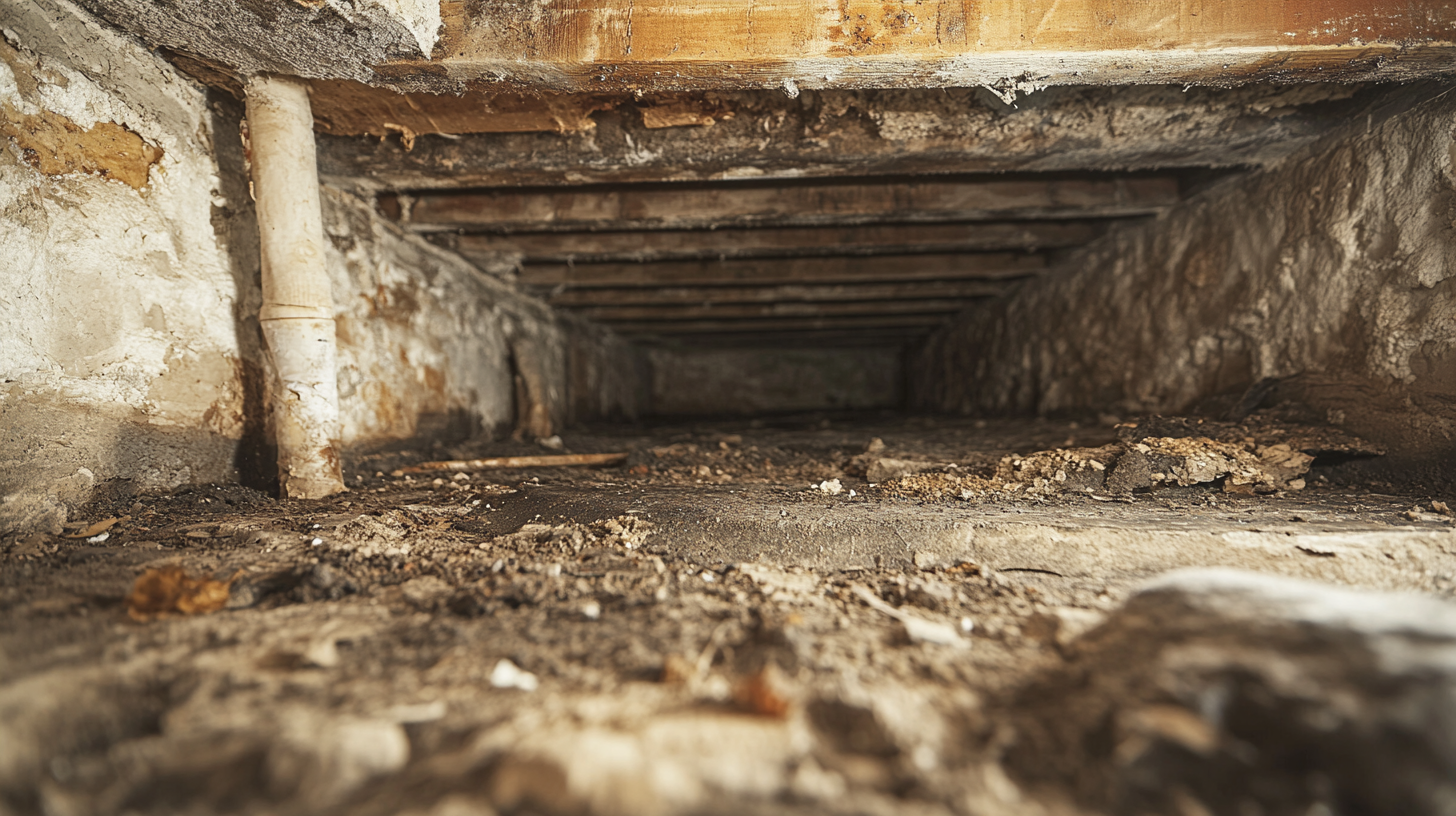
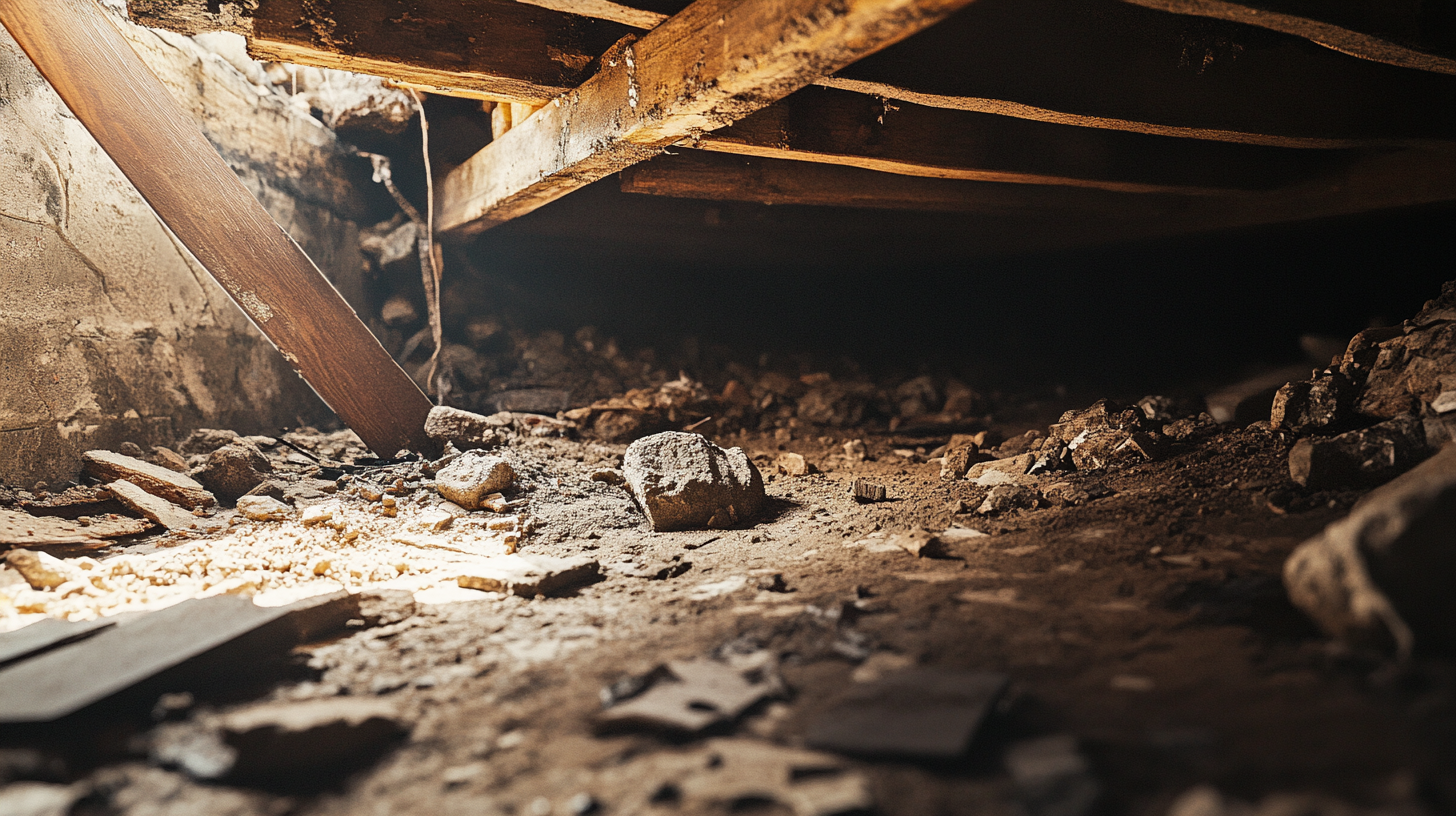
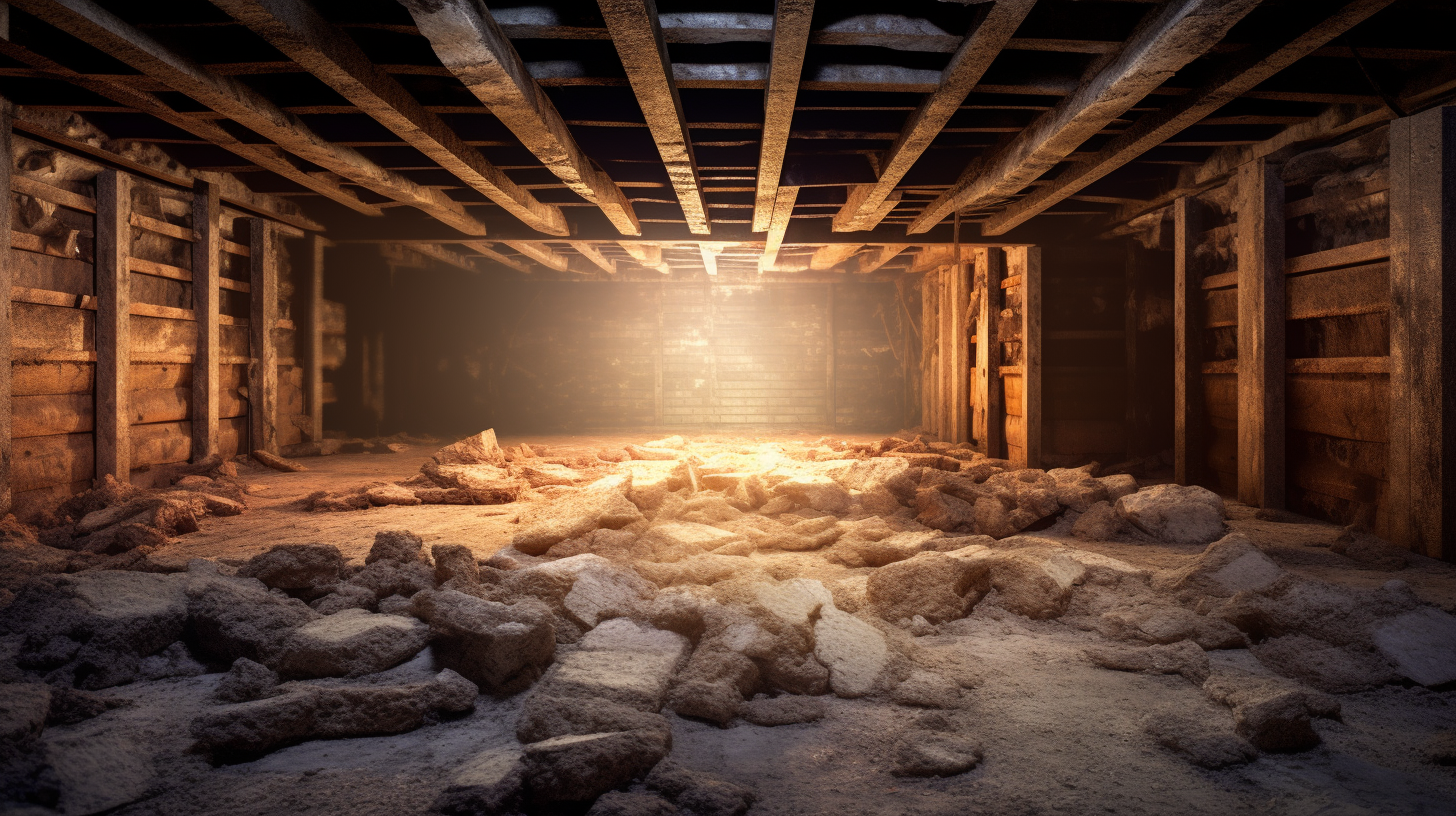
Got a Question? We’re Here to Help.
You can arrange an appointment or make an enquiry by phone or email, orget in touch to us via our contact form.


